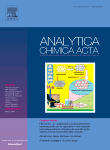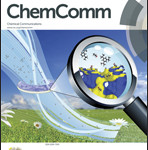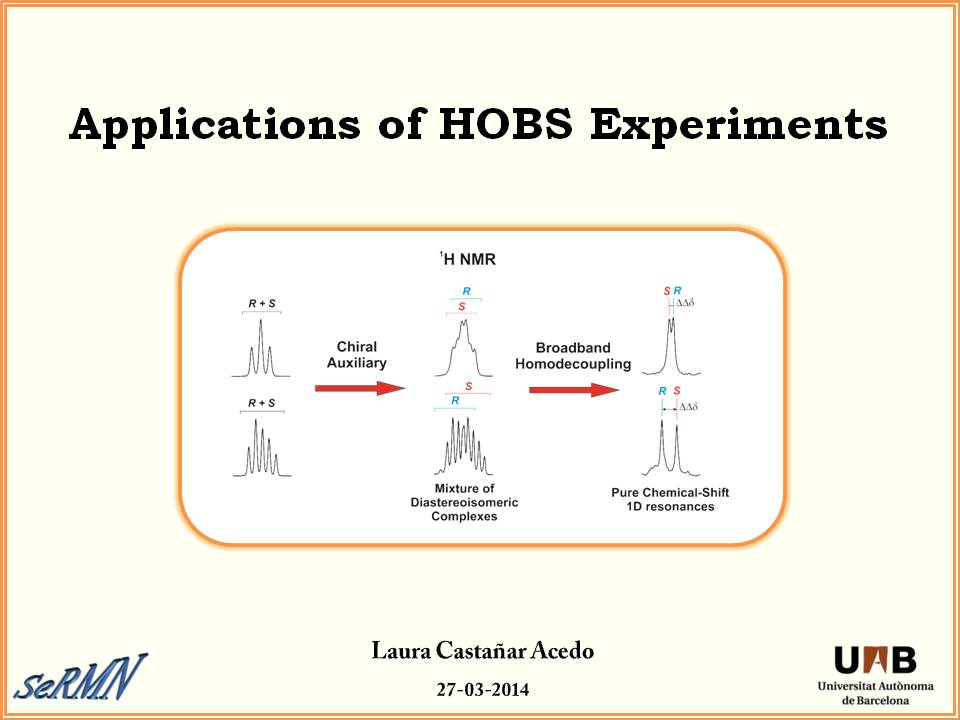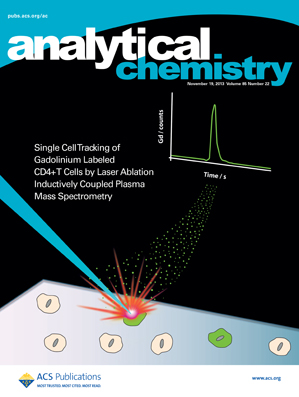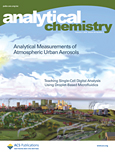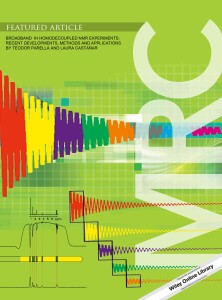 “Broadband 1H homodecoupled NMR experiments: recent developments, methods and applications” by Laura Castañar and Teodor Parella. Magnetic Resonance in Chemistry, 2015. DOI: 10.1002/mrc.4238
“Broadband 1H homodecoupled NMR experiments: recent developments, methods and applications” by Laura Castañar and Teodor Parella. Magnetic Resonance in Chemistry, 2015. DOI: 10.1002/mrc.4238
In recent years, a great interest in the development of new broadband 1H homonuclear decoupled techniques providing simplified JHH multiplet patterns has emerged again in the field of small molecule NMR. The resulting highly resolved 1H NMR spectra display resonances as collapsed singlets, therefore minimizing signal overlap and expediting spectral analysis. This review aims at presenting the most recent advances in pure shift NMR spectroscopy, with a particular emphasis to the Zangger–Sterk experiment. Continue reading Review – Pure shift NMR experiments: recent developments, methods and applications
